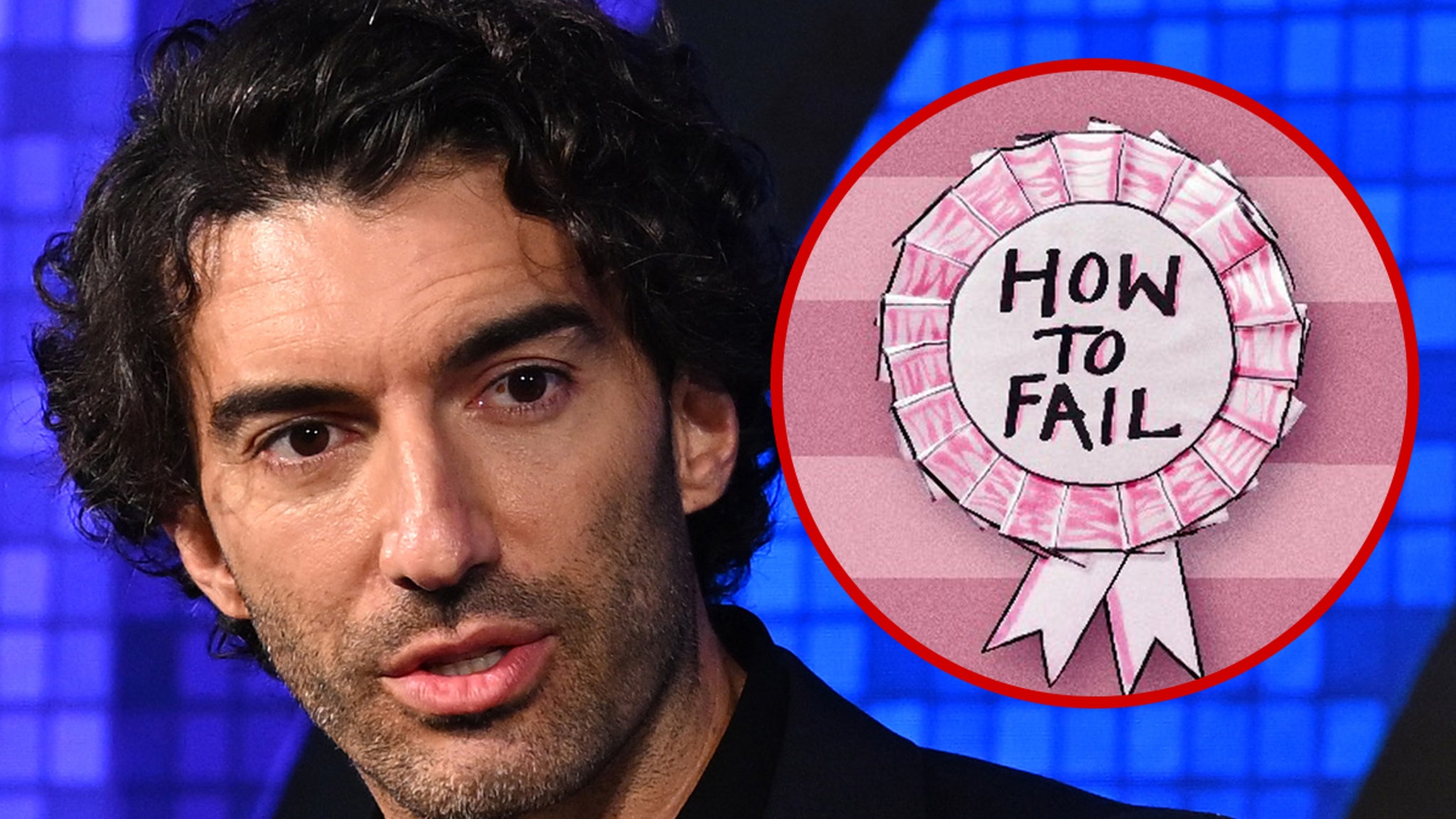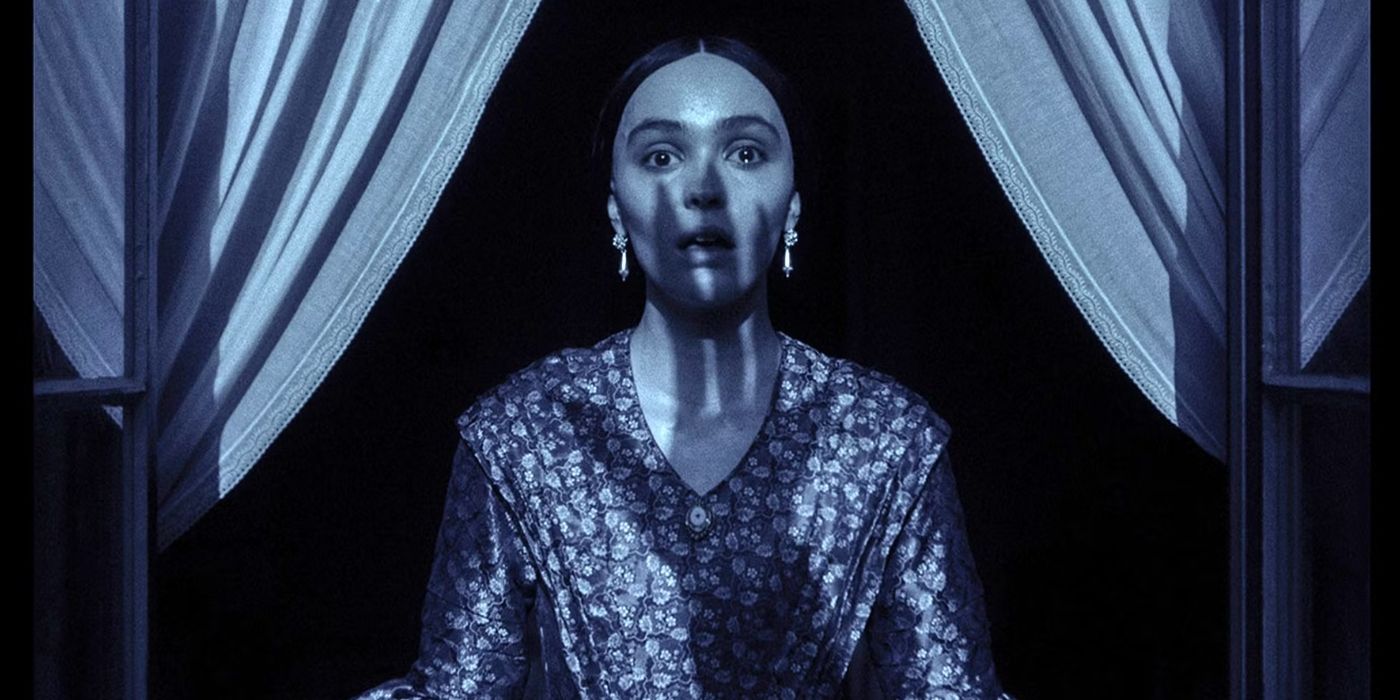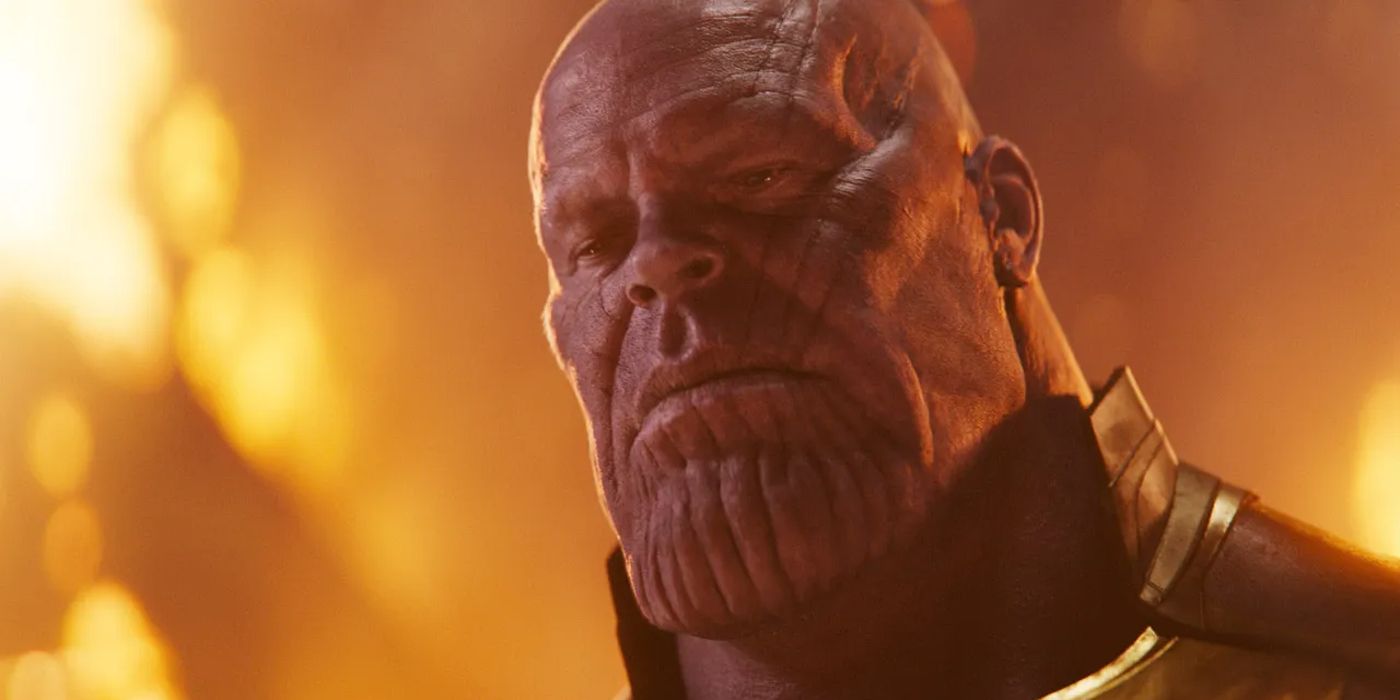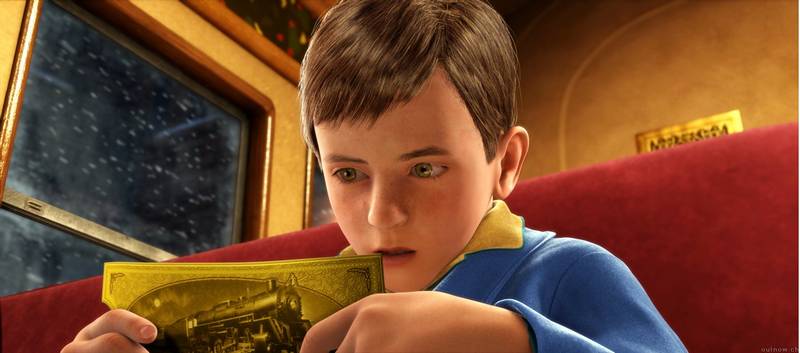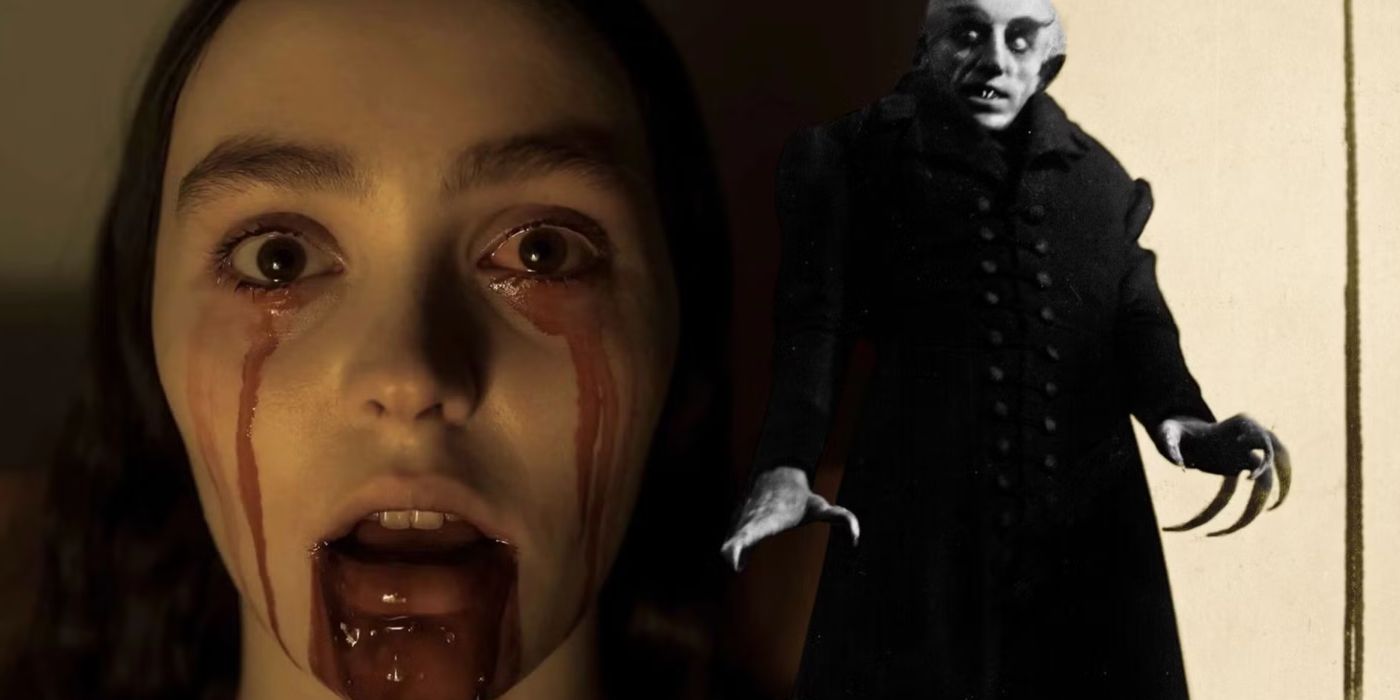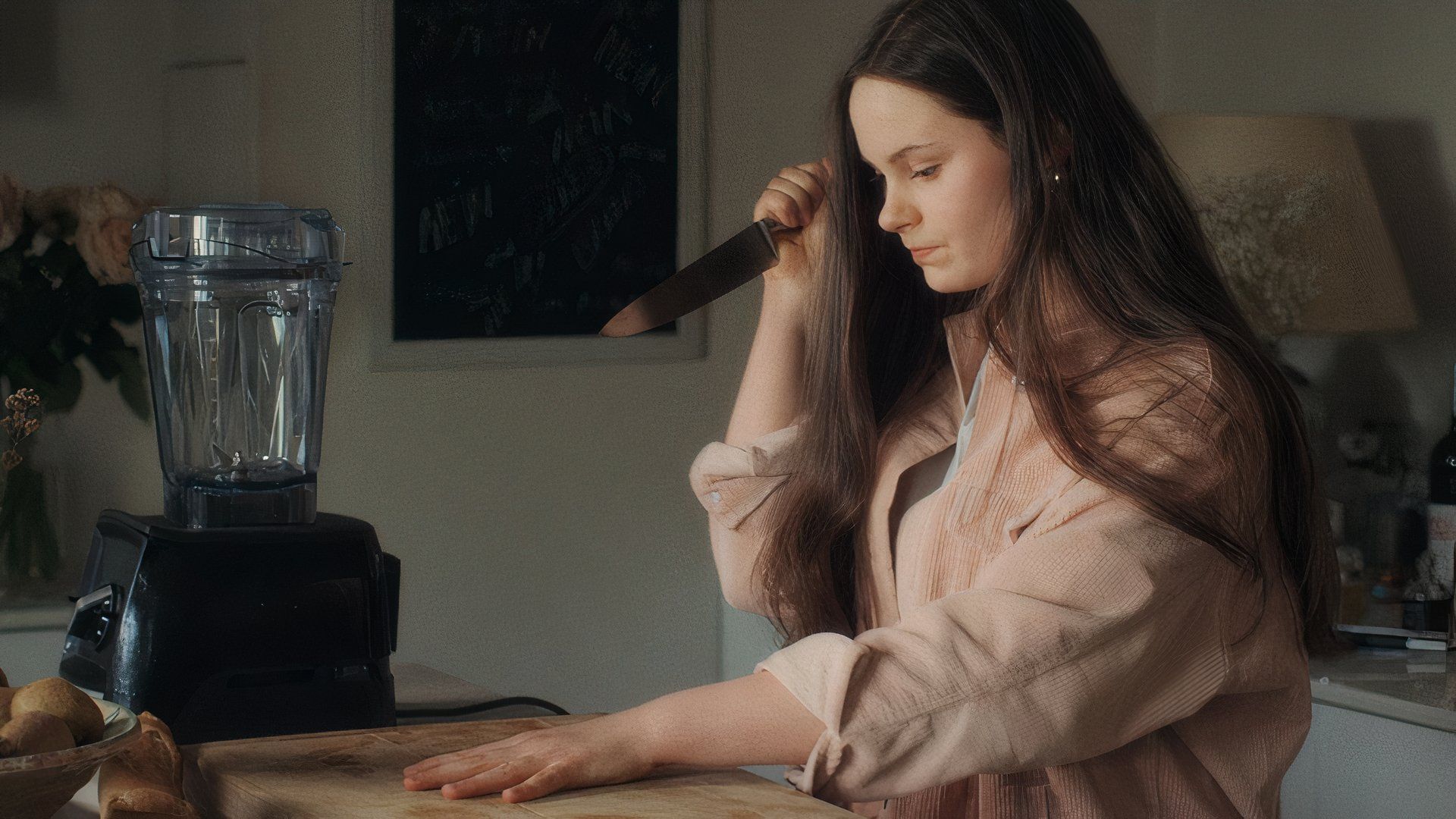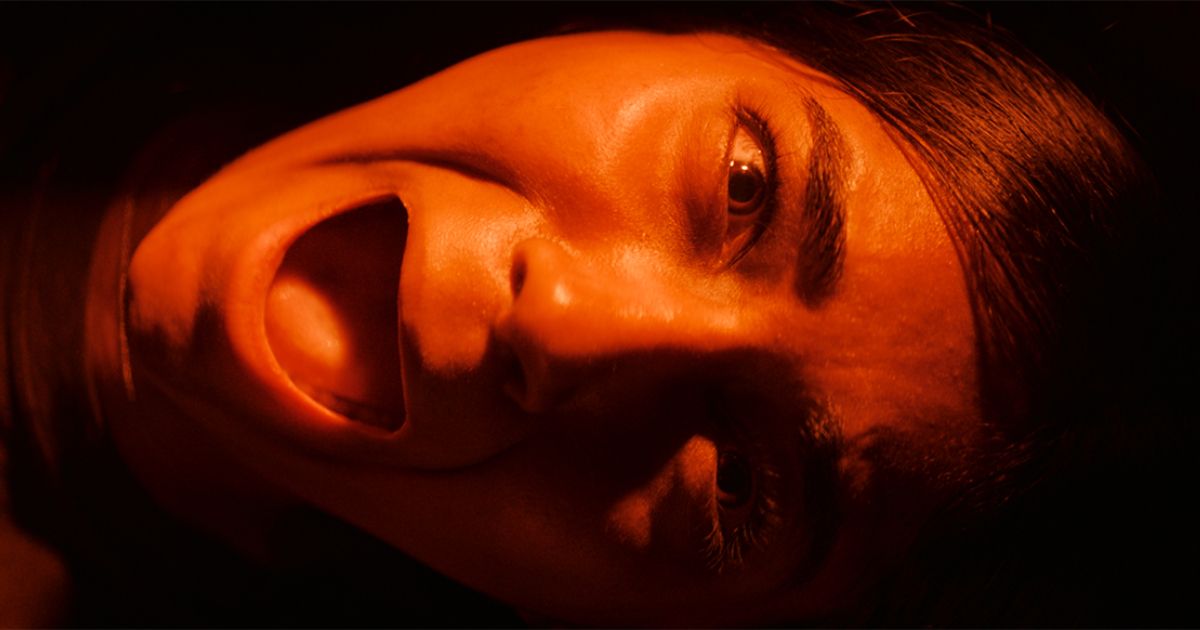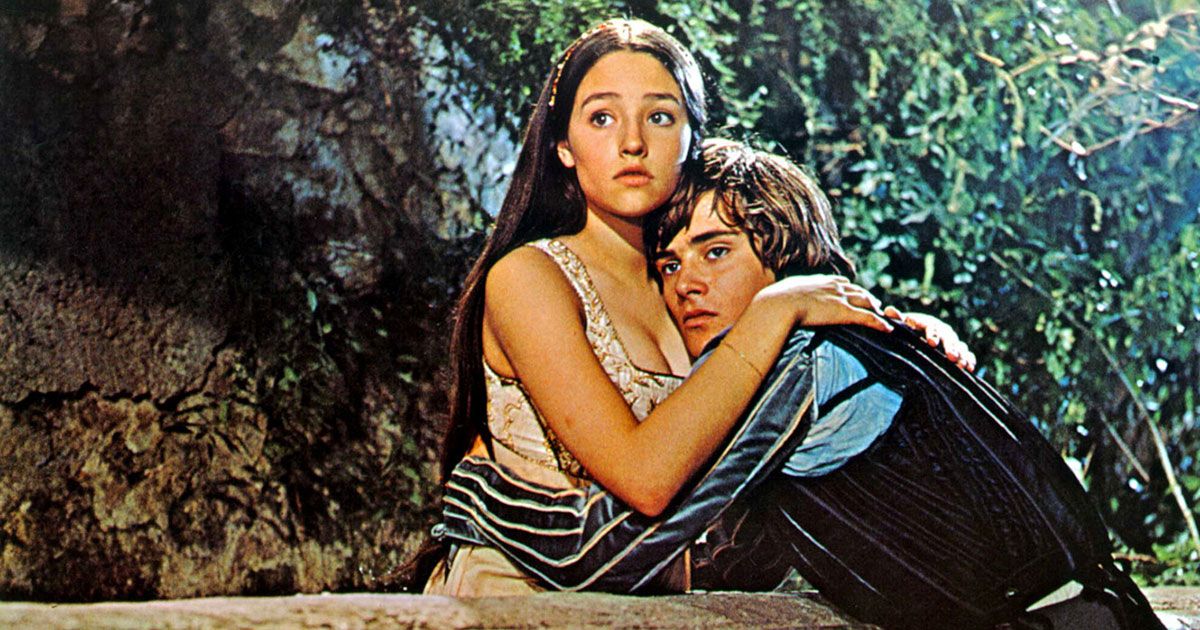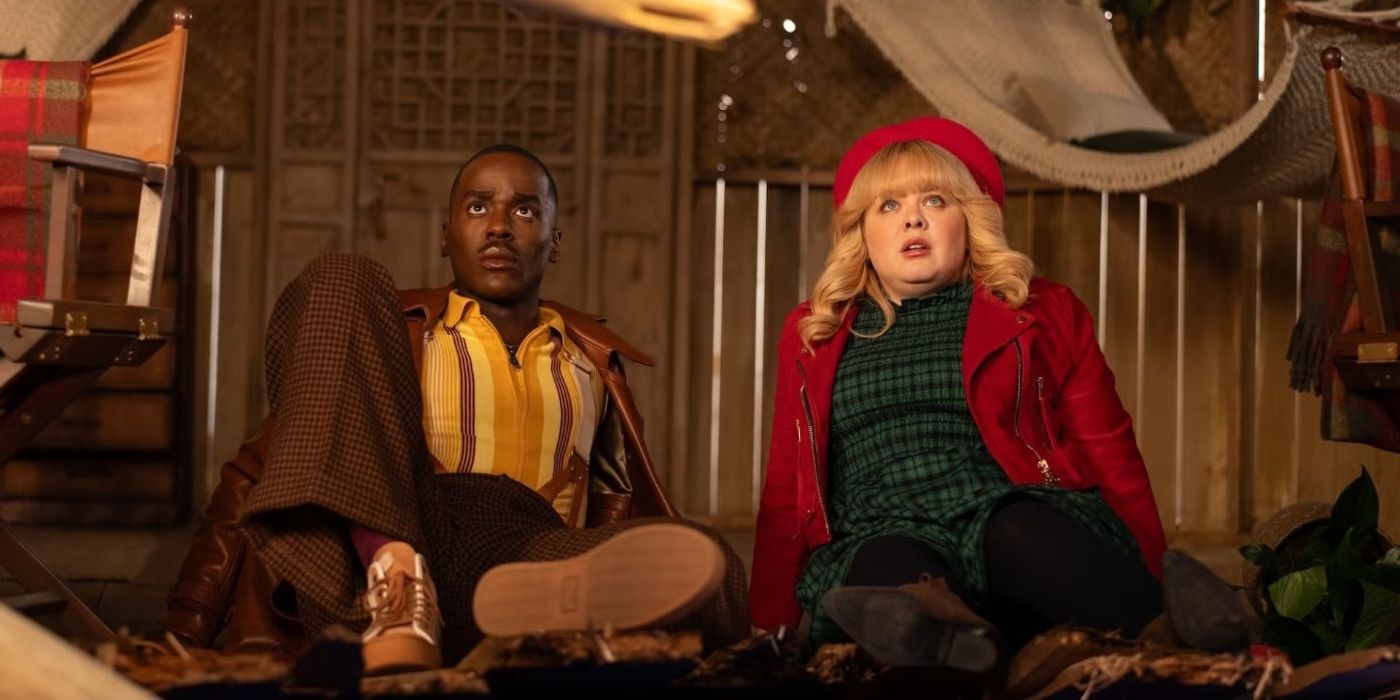Summary
-
Coma
follows a young girl in lockdown as her anxiety over the future leads to surreal fever dreams. - Bertrand Bonello’s film from 2022 is now getting distribution, and feels like a modern period piece echoing the emotional turmoil of past events.
-
Coma
mixes animation styles with live-action filmmaking to create a vibrant sensory treat that’s simultaneously nightmarish and hopeful.
There’s arguably no director working today like the French filmmaker Bertrand Bonello, who somehow manages to have one finger on the pulse of the real world, yet also approaches current affairs with a decidedly surrealist sensibility. Indeed, his filmography feels simultaneously familiar and esoteric, immediately recognizable in the human problems his movies seek to explore, but also, because of his propensity for dream-like imagery and reliance on feeling rather than logic, sometimes difficult to digest or access. Not that this is a bad thing, of course. Bonello’s newest release, Coma, benefits greatly from his visual trademarks as a director: a nightmare underlined by hope, the film is a paradoxical treat for the senses.
Coma follows an unnamed teenager (played by Louise Labèque), who is forced to stay at home as a result of a global health crisis. Alone and listless, the teen spends her days hopping from one distraction to another, whether it’s through FaceTime calls with friends or binge-watching videos by a YouTuber with an unnerving personality, named Patricia Coma (Julia Faure). As her anxiety about the future heightens, the teen’s dreams and nightmares start to blur with reality, and we are sucked into her psyche, which spills onto the screen with visual splendor.
Coma Functions as a Modern Period Piece
3.5/5
Combining animation and live action, it tells the story of a teenage girl who is locked in her house during a global health crisis and navigates between dreams and reality, until she starts following a disturbing and mysterious YouTuber named Patricia Coma.
Release Date November 16, 2022
Director Bertrand Bonello
Cast Julia Faure , Gaspard Ulliel , Laetitia Casta , Louis Garrel , Anais Demoustier
Runtime 1h 20m
Writers Bertrand Bonello
Studio(s) Les Films du Bélier , My New Picture
Distributor(s) Film Movement
Pros
- A vibrant treat for the senses that mixes mediums in a dreamlike way.
- Coma beautifully balances a nightmarish anxiety with an ultimate message of hope.
Cons
- The delay in distribution means that Coma feels oddly dated.
Foremost, there are two interesting factors to consider with regard to Coma’s arrival in North American theaters. The first is that the film initially premiered at the Berlin Film Festival in February 2022, before releasing in French cinemas the following November. This is important because it was made in direct response to the emotional turmoil at the height of COVID-19 lockdowns in 2020/2021, which would have naturally been fresher in audience’s minds in 2022.
In 2024 (and especially in North America), however, COVID-19 is no longer as generally reported on, talked about, or seen as a threat (even though it continues to spread and evolve). This raises the question of relevance: will audiences today, who have largely placed COVID-19 in their rearview mirrors, connect with the story of a young woman in the midst of a pandemic?
Related 10 TV Shows That Feel Like a Fever Dream Defying traditional TV structure and linear narratives shows like The Leftovers and Lost feel strangely close to an eerie fever dream.
The truth is that Coma feels like a modern period piece. After all, it’s set in a past that we, as a society, may have successfully distanced ourselves from, but are still in emotional proximity with. In this way, Bonello’s film is a deeply affecting artifact of sorts: a text that is very clearly situated in a certain time, but with an exposed beating heart that’s eternal, ripe for analysis, and, in turn, a launchpad for self-reflection.
Yes, Coma shares a lot of key filmmaking techniques we saw in movies considered to be part of this era of COVID or pandemic cinema — single-location (or minimal location) stories; screenlife motifs, actors alone on-screen, etc. — but Bonello’s touch prevents a lot of these features from feeling like obvious ways of working around on-set COVID-19 protocols.
Mixing Animation Styles with Live-Action to Make a Fever Dream
Particularly noteworthy are the nightmare sequences in which we, from the teenager’s POV, slowly make our way through a creepy forest, meeting all sorts of discernible-but-also-unknown figures. These recurring scenes feel reminiscent of The Blair Witch Project, brimming with confusion and anxiety. There’s no clear logic here — it’s all a dream, of course — which, as audiences who are awake, actually makes everything feel worse. The ground is less sturdy, we have no control over where we walk or look, and anything can literally happen.
Bonello emphasizes this “awake dream” through a mix of live-action and animation. In the teenager’s room, toy dolls (filmed in stop-motion and voiced by a carousel of French talent, from Gaspard Ulliel to Louis Garrel) engage in a melodrama sub-plot that seems ripped from a soap opera. In another scene, in 2D-animation, the teenager interviews a serial killer she had seen in a documentary. Significantly, these animated scenes are firmly tied to the reality of the live-action, which lends Coma a feverish feel.
Related 10 Movies That Feel Like a Nightmare There are plenty of frightening movie scenes and characters that linger in our minds, but these 10 movies feel like a total nightmare.
The Relationship Between Coma and The Beast
The second interesting point to consider is that Coma follows Bonello’s other film, The Beast, which was released in theaters last month, even though production completed on the former before work began on the latter. This is significant because, while Coma is set in the thick of the pandemic, the heart of The Beast beats to the rhythm of our current, “post-pandemic” world, unearthing questions about life, love, and longing against the backdrop of an increasingly advancing scientific society.
As you can read in our review, there’s a lot of grief and lamentation in The Beast. The biggest concern its protagonist (played by Léa Seydoux) wrestles with is whether she would be a “better” human if she no longer felt any emotions, and she thus undergoes a procedure to try and rid herself of her feelings.
Meanwhile, the teenager in Coma arguably has nothing but her feelings to keep her company in isolation. What’s more, Bonello asserts that, underneath the fear and anxiety, we will be okay. In fact, the film itself is dedicated to his then-teenage daughter, who would have come of age at one of the darkest points in our global memory. Of course, there’s something to be said about Bonello coming from a hopeful stand with Coma and ending up somewhere, at best, embittered or, at worst, downright nihilistic with The Beast — and he wouldn’t be wrong; these are indeed dark times. But perhaps it’s serendipitous that we, in North America, ended up with Coma after The Beast. If there’s ever a time to be reminded that we will be okay, it’s certainly right now.
Coma is now playing in select theaters from Film Movement, with additional markets to follow.
You can view the original article HERE.

